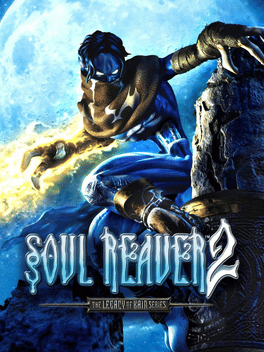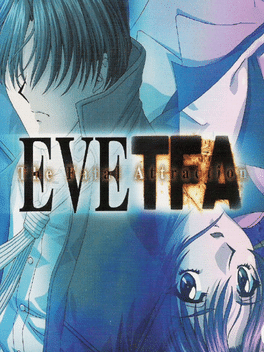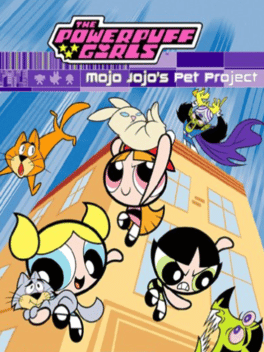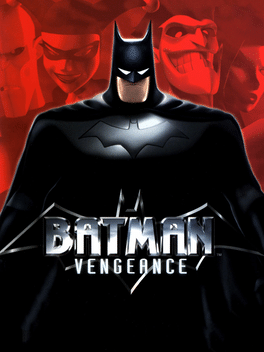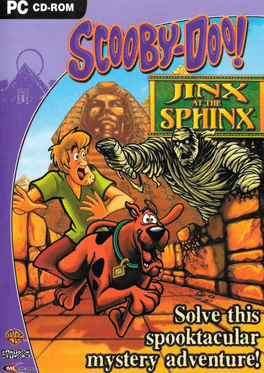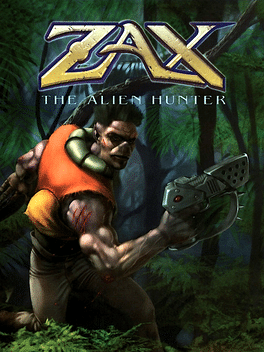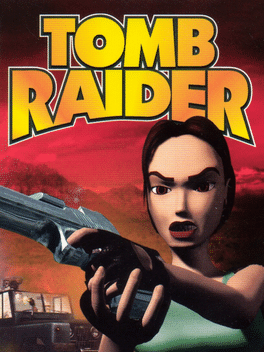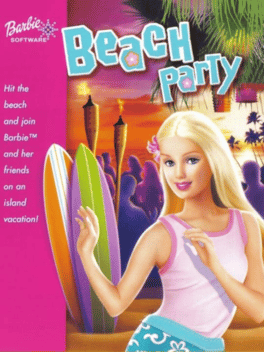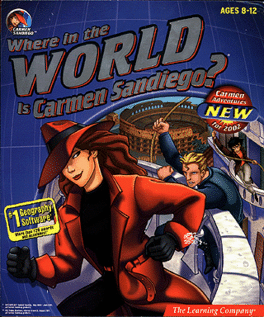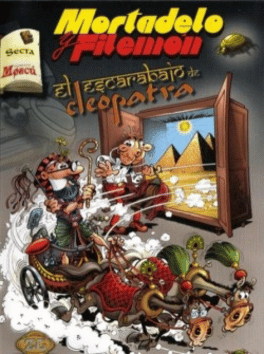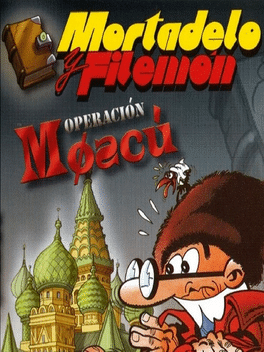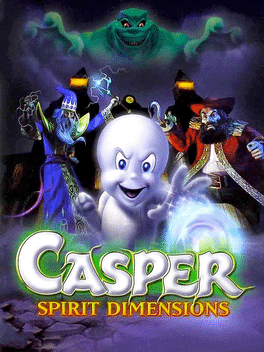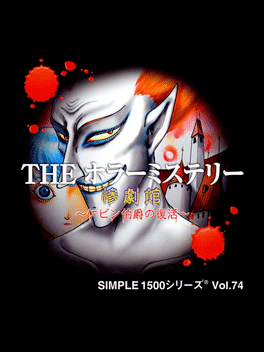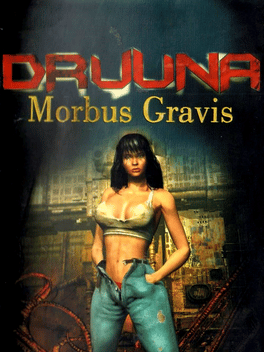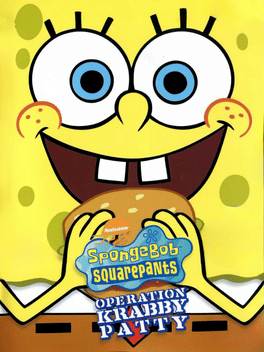New Adventure Games - Page 429
-
Legacy of Kain: Soul Reaver 2
2001
star 8.8Soul Reaver 2 picks up where Legacy of Kain: Soul Reaver left off, with Raziel having just plunged through the Chronoplast time portal in his relentless pursuit of Kain. Over the course of his quest for revenge, Raziel must unearth the mysteries of Nosgoth’s ancient races, expose the machinations behind the corruption of the Pillars, and the vampire genocide. Throughout the game, Raziel acquires numerous new abilities, weapon enhancements, and spells, all of which are critical to the completion of his epic adventure. Soul Reaver is a third-person combat adventure filled with devious puzzles and kick-ass combat. Fly, swim, jump, and even travel from the material world to the spectral realm to overcome obstacles and conquer your enemies. With over 40 abilities to choose from, no two fights will ever be the same. -
Eve: The Fatal Attraction
2001
Kojiroh's ex-girlfriend and colleague, Yayoi Katsuragi, receives a case: somebody is threatening the life of two young girls, Mika and Miki, the daughters of the owner of the powerful Andou Corporation. Naturally, Yayoi needs Kojiroh's help, and here the investigation truly begins! -
Batman: Vengeance
2001
Batman: Vengeance
2001
star 6.7Batman: Vengeance is a 2001 video game that was released on all major platforms of the sixth generation of console games. It was developed and published by Ubisoft in conjunction with Warner Bros. Interactive Entertainment and DC Comics. It is based on the television series The New Batman Adventures (the successor to Batman: The Animated Series). -
Scooby-Doo: Jinx at the Sphinx
2001
Scooby-Doo: Jinx at the Sphinx is yet another entry in the educational Scooby-Doo point and click adventure game series by The Learning Company. -
Zax: The Alien Hunter
2001
star 8Zax: The Alien Hunter is a PC action game from Reflexive Entertainment. -
Tomb Raider Anthology
2001
Tomb Raider Anthology is a Russian CD and DVD-ROM Compilation that regroups 8 Tomb Raider games. -
Barbie Beach Vacation
2001
Barbie Beach Vacation takes her and her friends to the the sands and the waves of a remote island. -
RuneSword 2
2001
RuneSword 2
2001
Runesword II (RSII) is a CRPG designed to appeal to the "pen & paper" role-player. RSII features turn-based, strategic combat, 50+ skills, 12+ races, and several full-length adventures to play set in the world of Eternia; not to mention adventures to play in other world settings. What really makes RuneSword stand out is a flexible, easy-to-use engine for creating your own adventures and even your own worlds. But, ease-of-use does not mean wimpy or limited; RuneSword has a robust scripting engine that allows you to do just aout anything you can imagine. -
Where in the World Is Carmen Sandiego? Treasures of Knowledge
2001
Where In the World is Carmen Sandiego Treasures of Knowledge is a point-and-click adventure game for the PC released in 2001. -
Rune: Gold
2001
-
Mortadelo y Filemón: El Escarabajo de Cleopatra
2001
Graphic adventure by Alcachofa Soft in which our beloved Mortadelo and Filemón travel to distant Egypt. -
Mortadelo y Filemón: Operación Moscú
2001
Mortadelo and Filemón must go to Moscow, in Russia, to take control of an old and valuable object: the Sacred Book of the god Ra-Amun, which is looked for by the Sixth Sect to summon the god Apis and to dominate the world. -
2112: A Field Trip
2001
2112: A Field Trip
2001
Starting from the tarmac at the Chicago Central Spaceport, this text adventure game follows the protagonist through nocturnal adventures during what seems initially to be an ordinary, everyday McCracken Middle School class field trip to Mars on February 4th, 2112 (singing, all together now, "the turbines on the di-molecular ion drive go 'round and 'round!") -- but turns out to be the last 24 hours of the UNASA colony's existence! Unable to sleep after resting through the flight, the player sneaks out of the hotel and prowls around the colony's spaceport, F.A.K.E. bio-dome, and mini-mall facilities at Conformity Corner... outsmarting an entomophobic security cyborg, befriending a sassy holographic AI designed to be the figurehead goddess deity ("Oona") of the UN's one-world government, and stumbling upon and unraveling codes and ciphers of sacred geometry and mystical numerology left by missing research scientist Lt. Cecil Kraven II, father of a classmate and diagnosed schizophrenic, pointing to the outpost's pendi -
All Roads
2001
All Roads
2001
Venice. The tight winding alleys and long dirty canals. Easy to become lost here, where every street emerges somewhere unexpected. In the central square a scaffold has been erected for your neck, and if only you can escape for long enough you might survive, but in this city all roads lead back to Piazza San Marco and the Hanging Clock. -
Casper: Spirit Dimensions
2001
star 1.8Spiral into phantom dimensions where you will fiercely battle for the fate of the spirit world! Portals will transport you to mysterious realms that are populated by ghosts of the past, present and future; all possessed by the evil Kibosh. Use your powers of flight and fright to become the quickest, smartest and most powerful ghost in the Spirit Dimension! -
Simple 1500 Series Vol. 74: The Horror Mystery - Sangekikan: Kevin-hakushaku no Fukkatsu
2001
A sound novel where the player visits a small village that hides many deadly secrets. Simple 1500 Series vol.074 The Horror Mystery The Sangeki Yakata Cabin Hakushaku no Fukkatsu is an adventure game in which the player controls a character that arrives to a small town and there he will meet different kind of people but soon he will discover that that small town got some secrets hidden, some of them are deadly dangerous. Horror adventure writer Gore rice with tea nori synonymous with horror magazine "horror M" was supervised. Original story which is based on the "tragedy of Kevin Earl" deep-rooted popular in short stories of representative works of each other "tragedy can" be deployed. The story is composed of all 13 chapters, I'll be able to provide the ending of several to each chapter, and enjoy a variety of consequences. -
Druuna: Morbus Gravis
2001
star 2.6Condemned to an eternal vegetative state, the very sexy Druuna is waiting for someone to free her from her sick, claustrophobic and dilapidated world, inhabited by people suffering from a terrible virus that transforms them into bloodthirsty beasts. A symbiotic computer directly linked to Druuna's brain is the only thing that can help you to capture and to relive the situations that have reduced her to a state of "cold sleep". You must try to avoid the unscrupulous individuals that live in her mind and face the traps hidden along this uncertain road leading finally to salvation. -
SpongeBob SquarePants: Operation Krabby Patty
2001
star 3.2Follow SpongeBob and his friends through the most sea-rrific adventures yet, including: Invasion of the Patty Snatchers, Boating School 101, and Hide N' Go Jellyfishing. Adventure ensues as the Evil Plankton attempts to invade the Krusty Krab to steal Mr. Krab's secret recipe for Krabby Patties. Play through four levels as SpongeBob SquarePants, Patrick Star, Sandy Cheeks, or Mr. Krab. Includes voiceovers by the SpongeBob SquarePants television actors and authentic music from the television show. -
E-Police
2001
E-Police
2001
A phone game, produced by Bandai and developed by Tambourine. The player would unravel a mystery by communicating with the fictional police force through text messages. The soundtrack for the game was composed by Shingo Yasumoto (one half of TORN, the duo he created alongside Masafumi Takada to compose the Flower, Sun, and Rain soundtrack) and produced by Grasshopper Manufacture, who also released it as a music CD under their GhM Records label. The game itself is lost.
